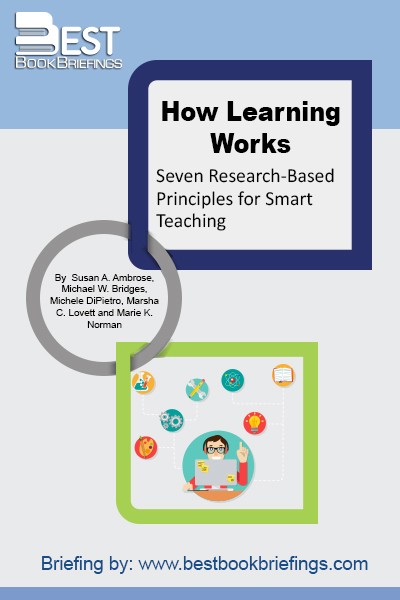How Learning Works
Seven Research-Based Principles for Smart Teaching
Editorial Review
Any conversation about effective teaching must begin with a consideration of how students learn. Yet instructors who want to investigate the mechanisms and conditions that promote student learning may find themselves caught between two kinds of resources: Research articles with technical discussions of learning, or books and Web sites with concrete strategies for course design and classroom pedagogy. Texts of the first type are written in accessible language but often leave instructors without a clear sense of why—or even whether—particular strategies promote learning. Neither of these genres offers what many instructors really need—a model of student learning that enables them to make sound teaching decisions. In other words, instructors need a bridge between research and practice, between teaching and learning. This book provides such a bridge.
Book Reviews
Books on Related Topics

The Fifth Discipline by Peter Senge was initially published in 1990 and it was widely received and recognized as one of most influential business books. In 1997, the book was identified by Harvard Business Review as one of the seminal management books. It is a bestselling classic that helped revolutionize the
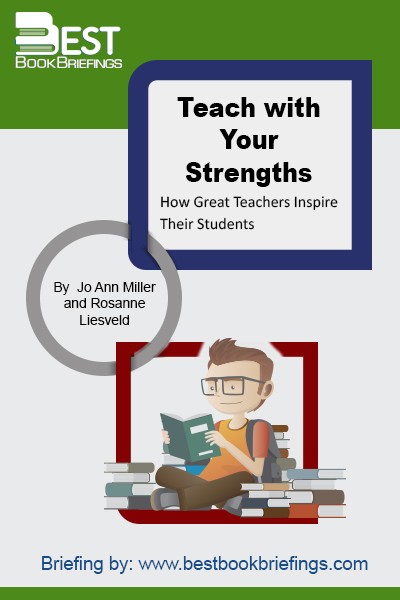
In Teach with Your Strengths, you'll hear from great teachers, many of whom reveal their unorthodox—and sure to be controversial—approaches. You'll gain key insights gleaned from 40 years of research into great teaching. And, you'll take an online assessment that reveals your Signature Themes of talent.
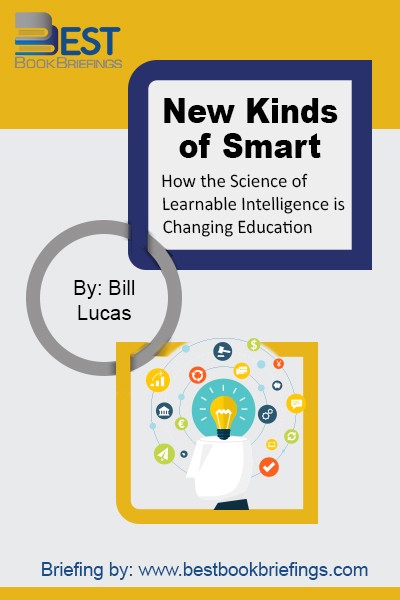
For the first time ever, New Kinds of Smart brings together all the main strands of research about intelligence in one book and explains these new ideas to practising teachers and educators. Each chapter presents practical examples, tools and templates so that each new strand of thinking can be woven into their
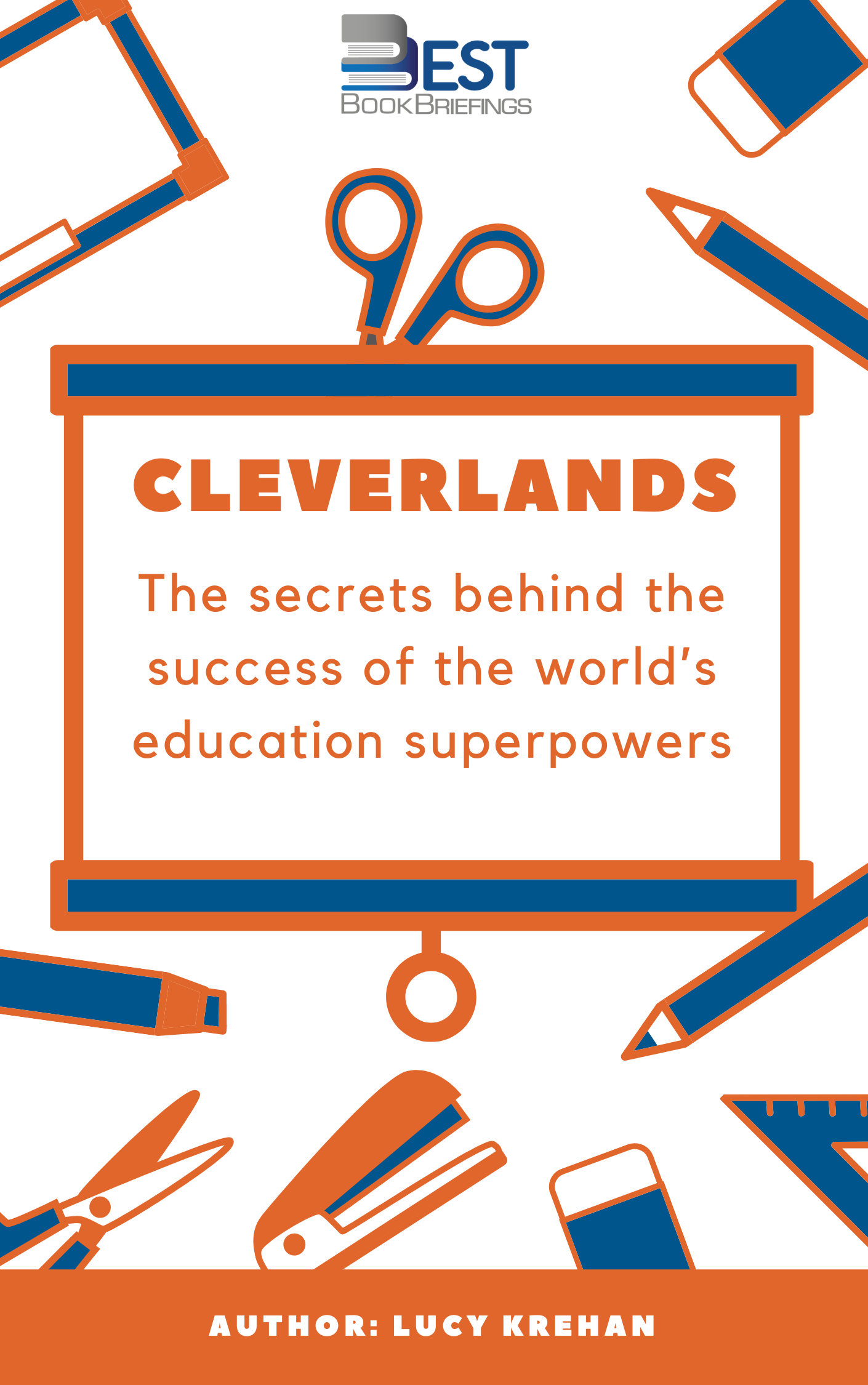
As a teacher in an inner-city school, Lucy Crehan was exasperated with ever-changing government policy claiming to be based on lessons from 'top-performing' education systems. She became curious about what was really going on in classrooms of the countries whose teenagers ranked top in the world in reading, math, and science.
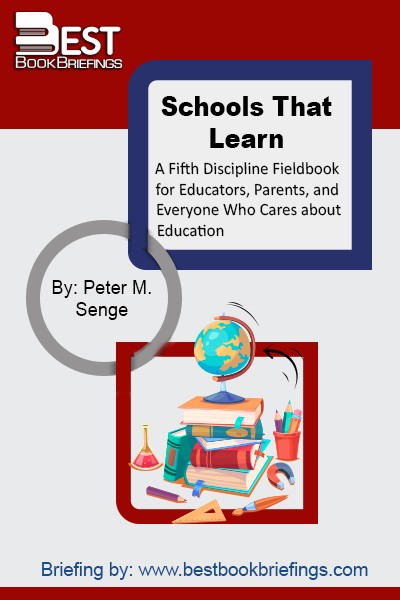
The core idea of this book is simple: institutions of learning can be designed and run as learning organizations. In other words, schools can be made sustainably vital and creative, not by fiat or command or by regulation or forced rankings, but by adopting a learning orientation. This means involving everyone
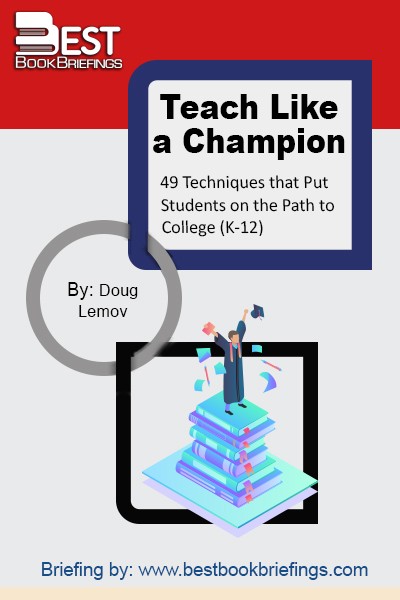
In this book, author Doug Lemov offers the essential tools of the teaching craft so that you can unlock the talent and skill waiting in your students, no matter how many previous classrooms, schools, or teachers have been unsuccessful.
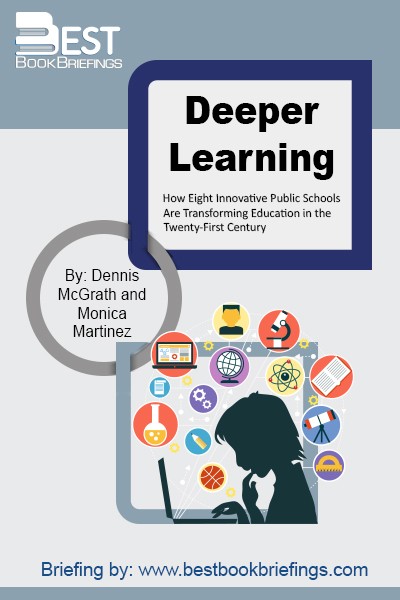
Deeper Learning is the process of preparing and empowering students to master essential academic content, think critically and solve complex problems, work collaboratively, com-municate effectively, have an academic mindset, and be self-directed in their education. It fully encompasses the educational goals that, taken together, constitute the foundation for developing the single
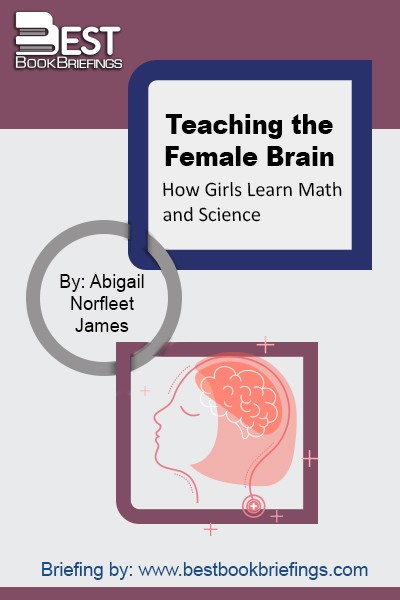
Girls need your support, as there is so much in their lives that works against them to succeed academically especially in the science, technology, engineering, and math (STEM) courses. They may not ever want to continue in these courses into college, but they should be given the chance to do well.
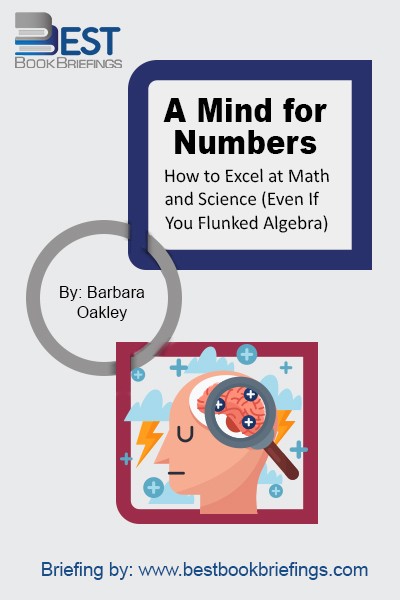
In this book, you may be surprised to learn that the brain is designed to do extraordinary mental calculations. We do it every time we catch a ball, or maneuver our car around a pothole in the road. We often do complex calculations, solve complex equations unconsciously, unaware that we sometimes
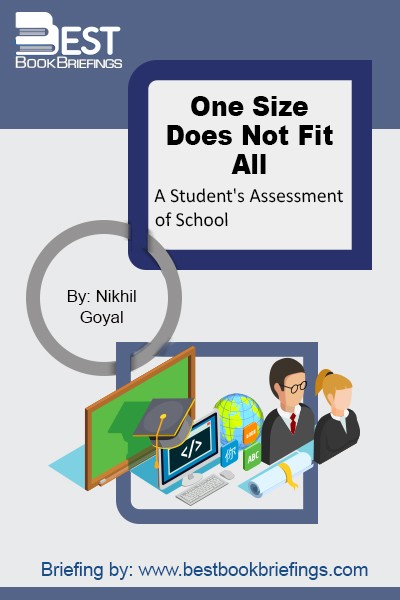
This book tackles the development of the education model and the reasons why students don't like schools. The education model is teacher-focused, one-size-fits-all, and the student is isolated in the learning process. Yet the students, who have grown up in an interactive digital world, learn differently. Schooled on Google and Wikipedia,
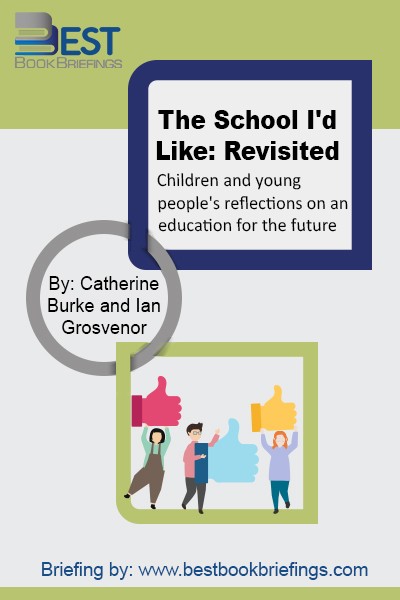
In 2001, The Guardian newspaper launched a competition called “The School I’d Like”. The initiative posed what seemed like a natural and appropriate question at the turn of the new century inviting children of school age to tell how they might change education and their experience of schooling for the better. From
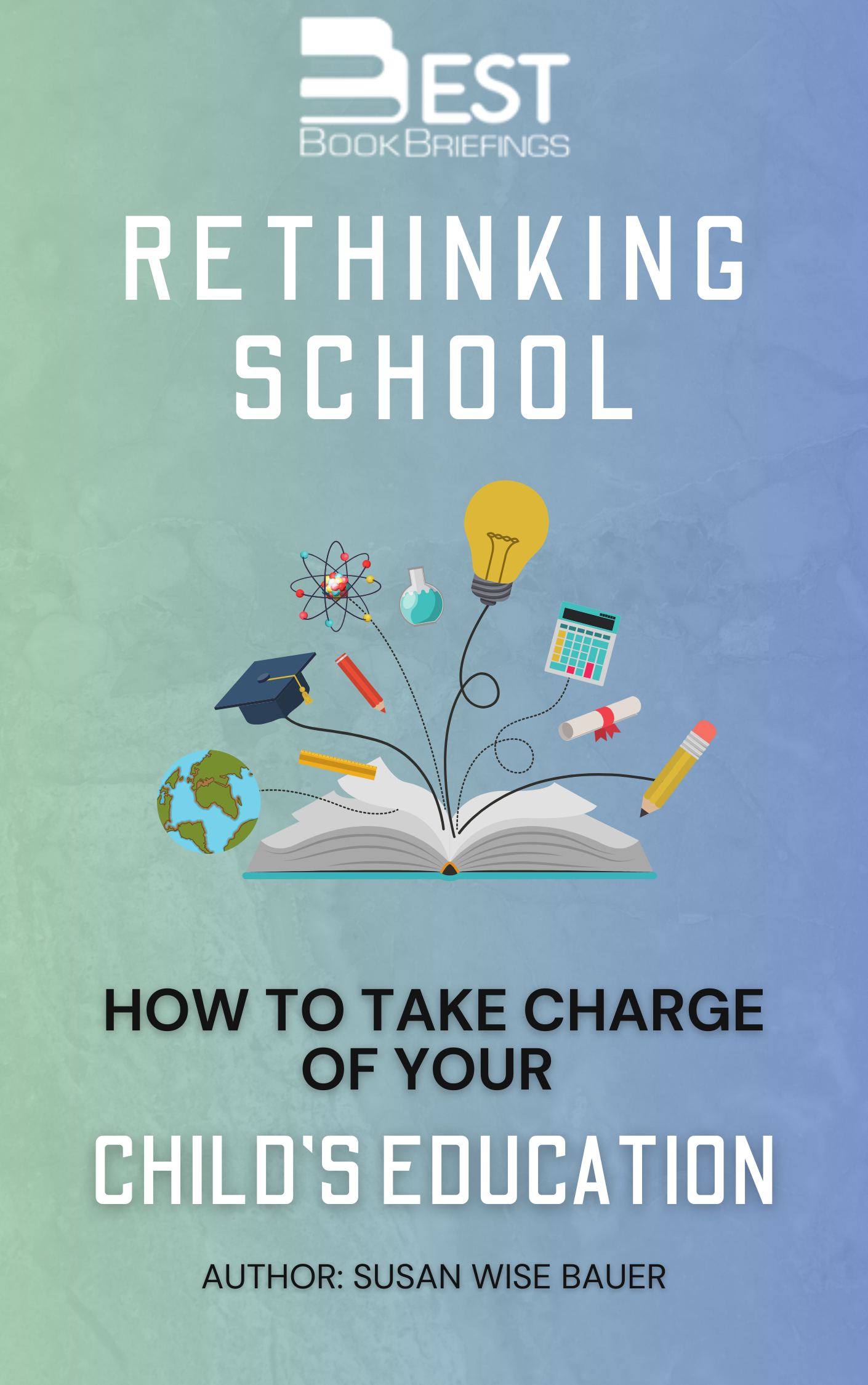
Our K–12 school system is an artificial product of market forces. It isn’t a good fit for all-or even most-students. It prioritizes a single way of understanding the world over all others, pushes children into a rigid set of grades with little regard for individual maturity, and slaps “disability” labels over

